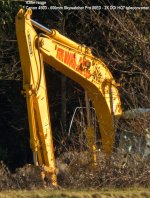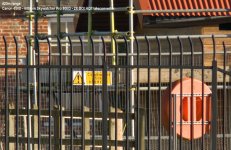BodyResults
Well-known member
Hello All,
I'm looking to see what kind of results people have had digiscoping birds from 200 to 400 meters (or farther) distance.
I feel like I can use Canon 7D and 500 F4 with extender to ID many birds up to 200 meters distance. I would like to see I digiscoping is a realistic way to get ID pictures from farther.
Please post anything you think is pertinent.
Thanks
Doug
I'm looking to see what kind of results people have had digiscoping birds from 200 to 400 meters (or farther) distance.
I feel like I can use Canon 7D and 500 F4 with extender to ID many birds up to 200 meters distance. I would like to see I digiscoping is a realistic way to get ID pictures from farther.
Please post anything you think is pertinent.
Thanks
Doug





